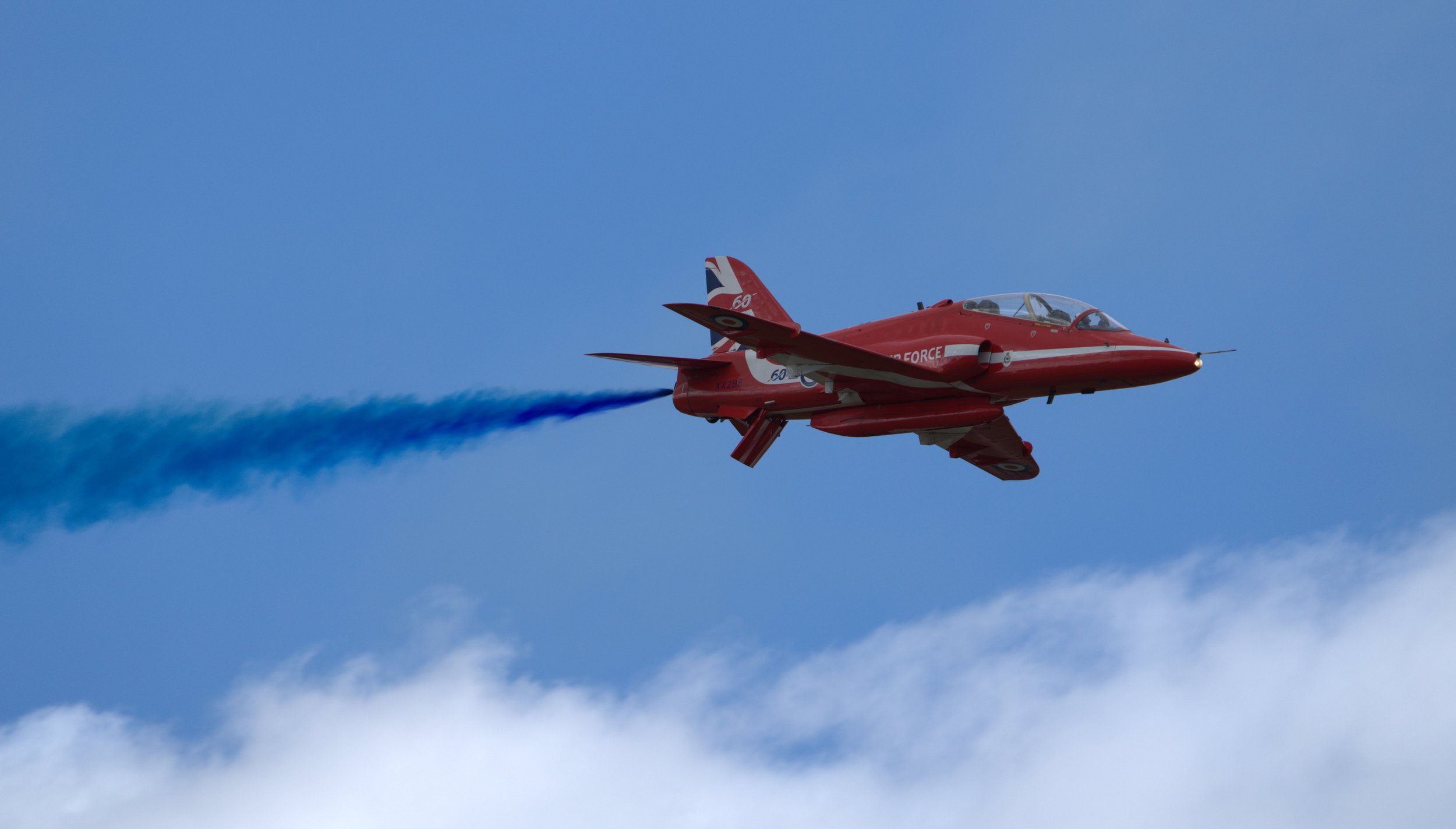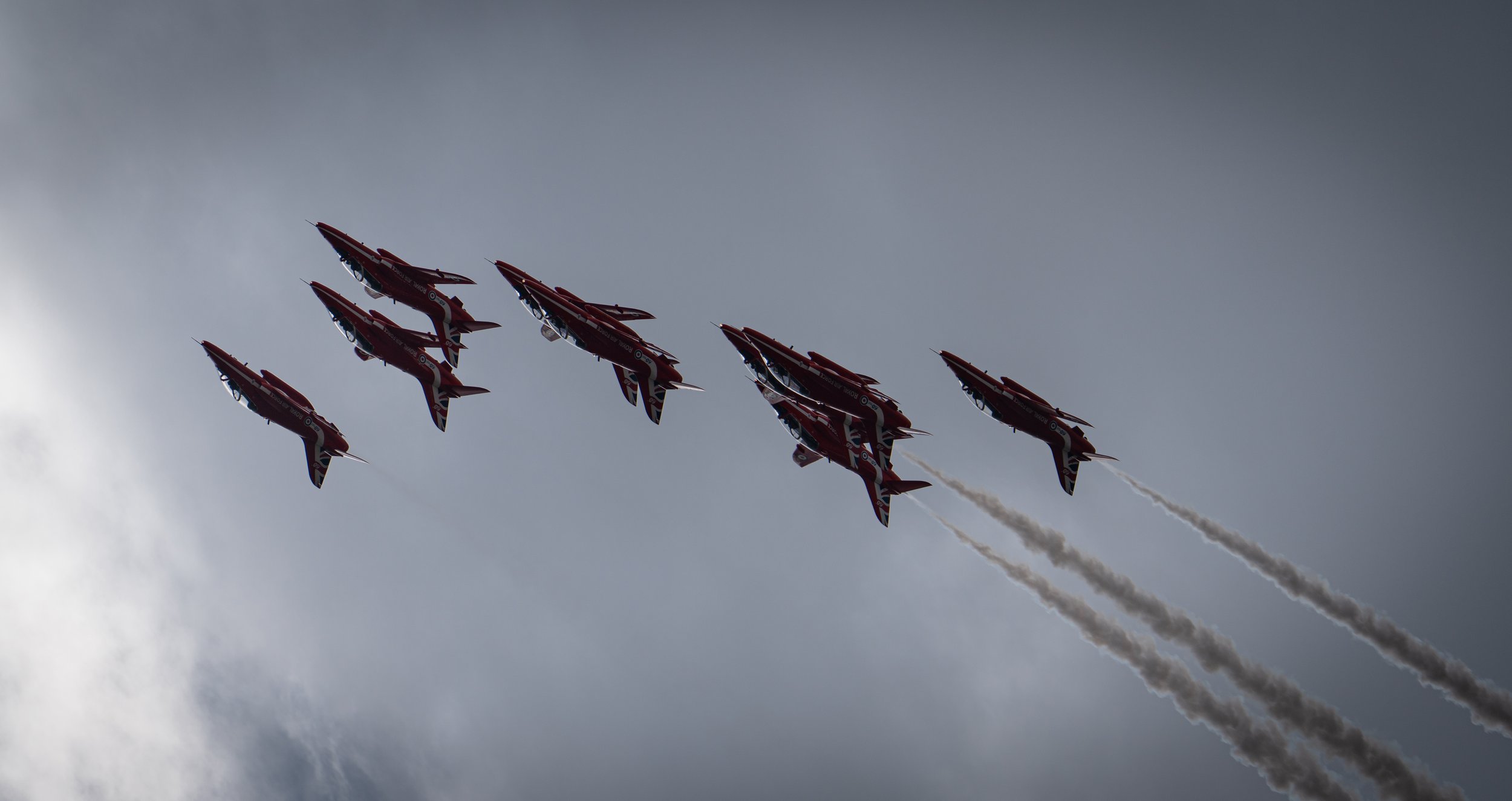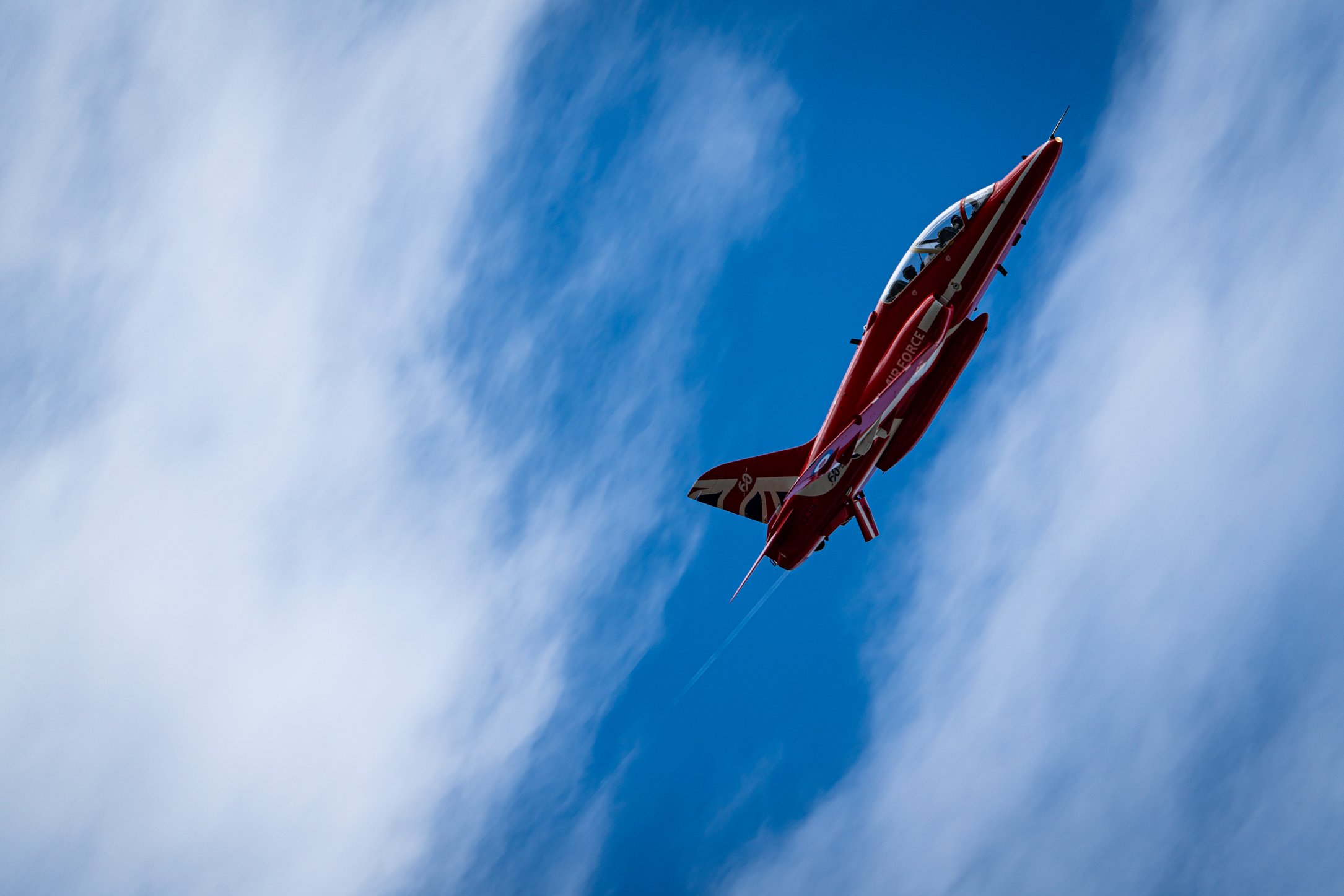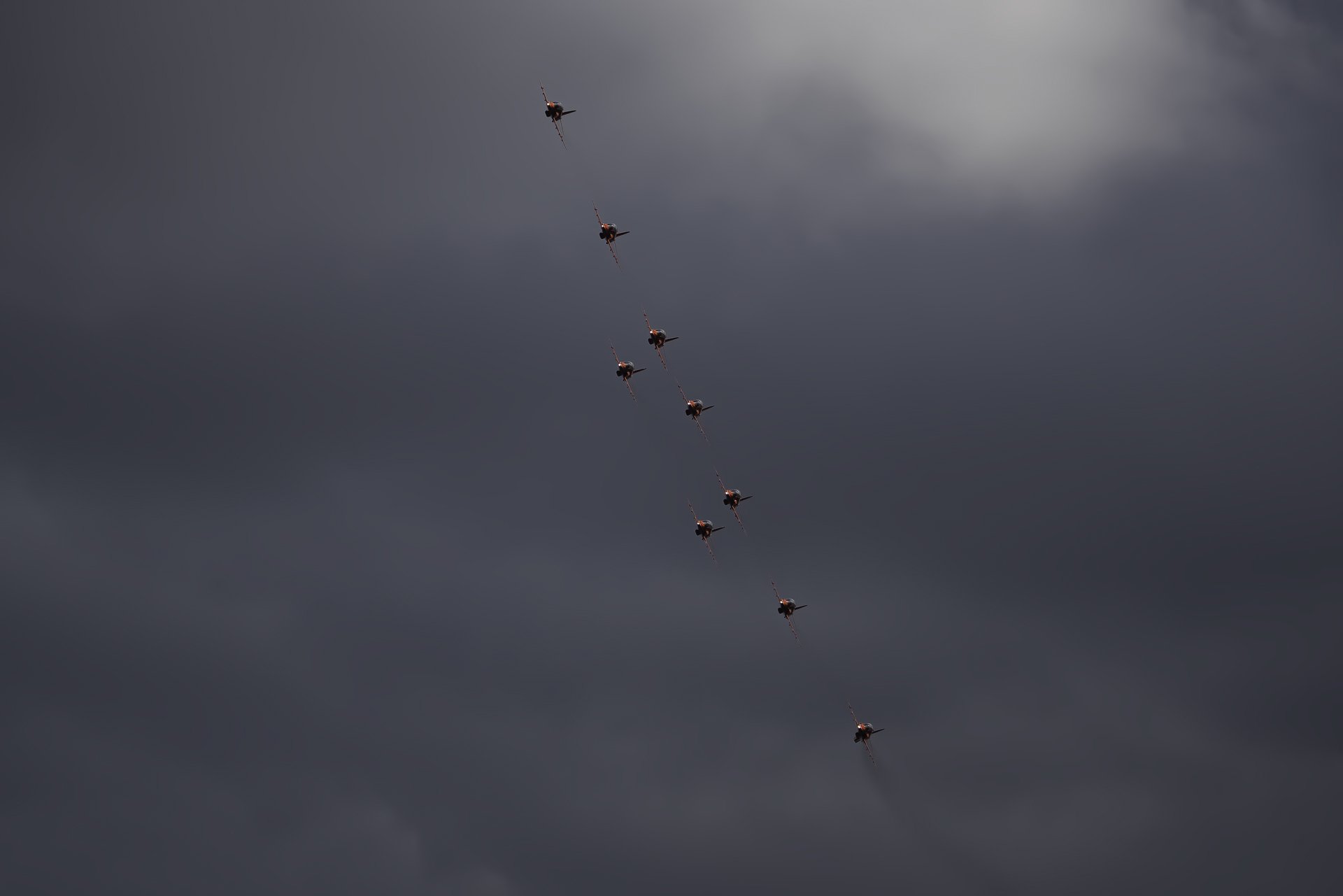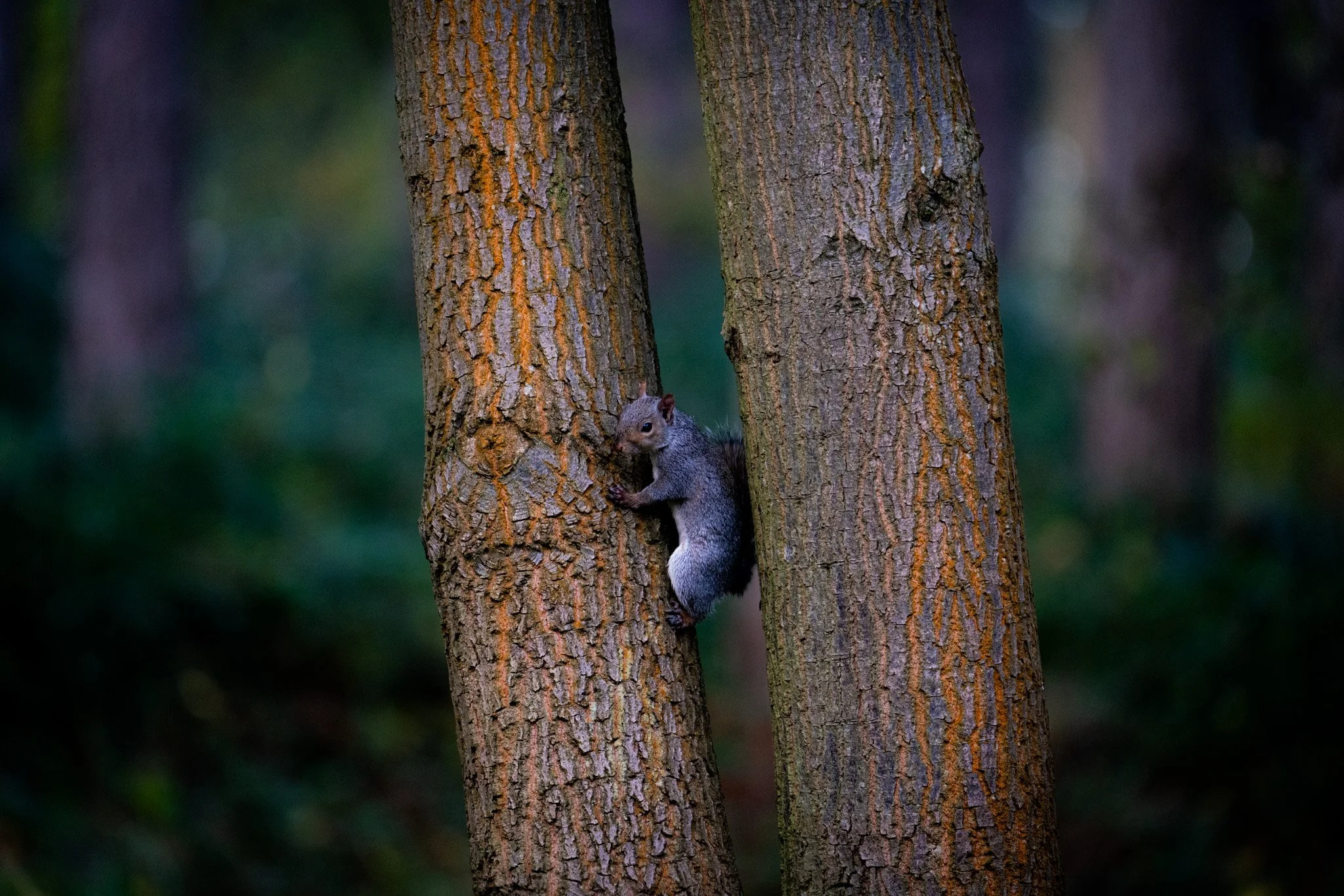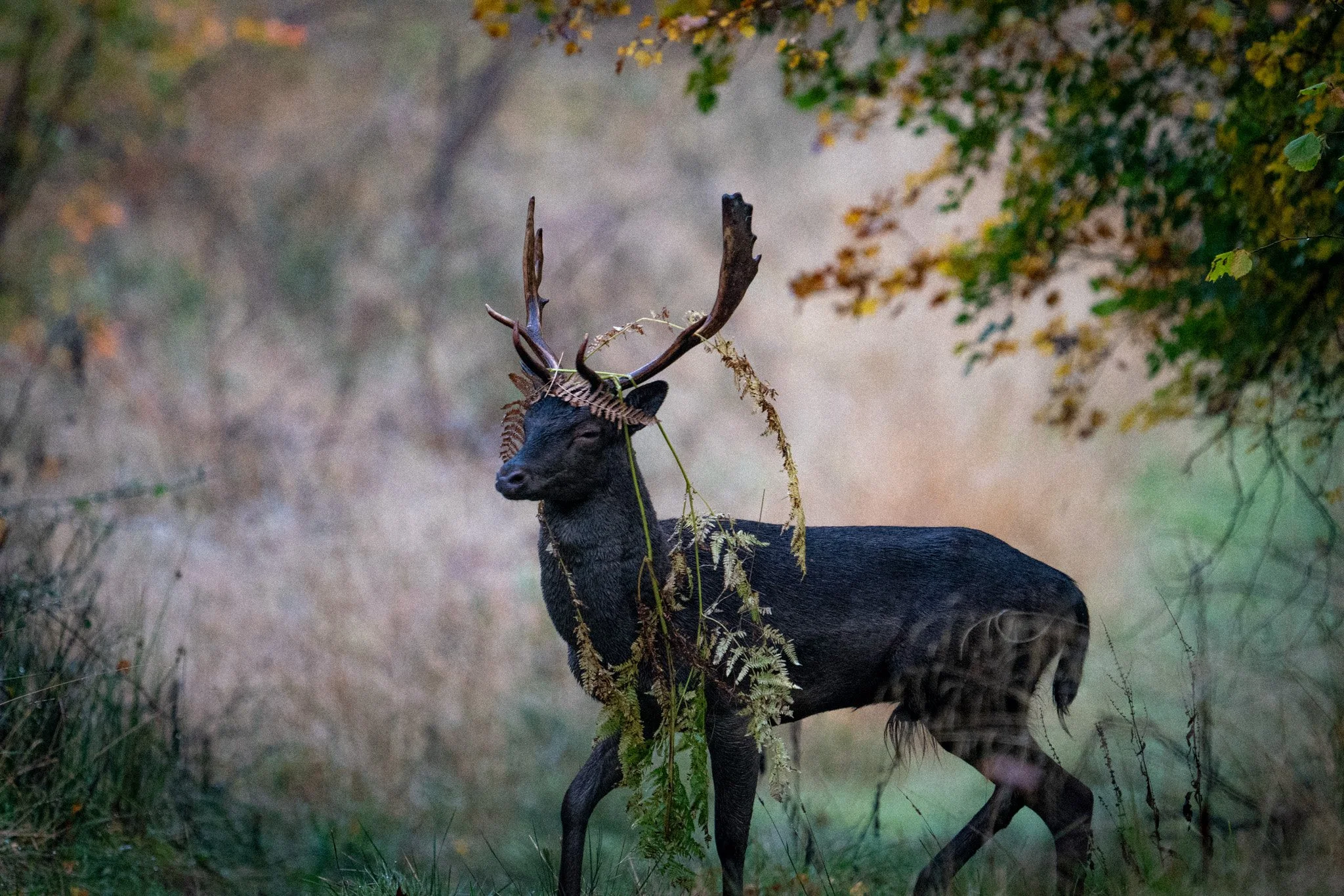
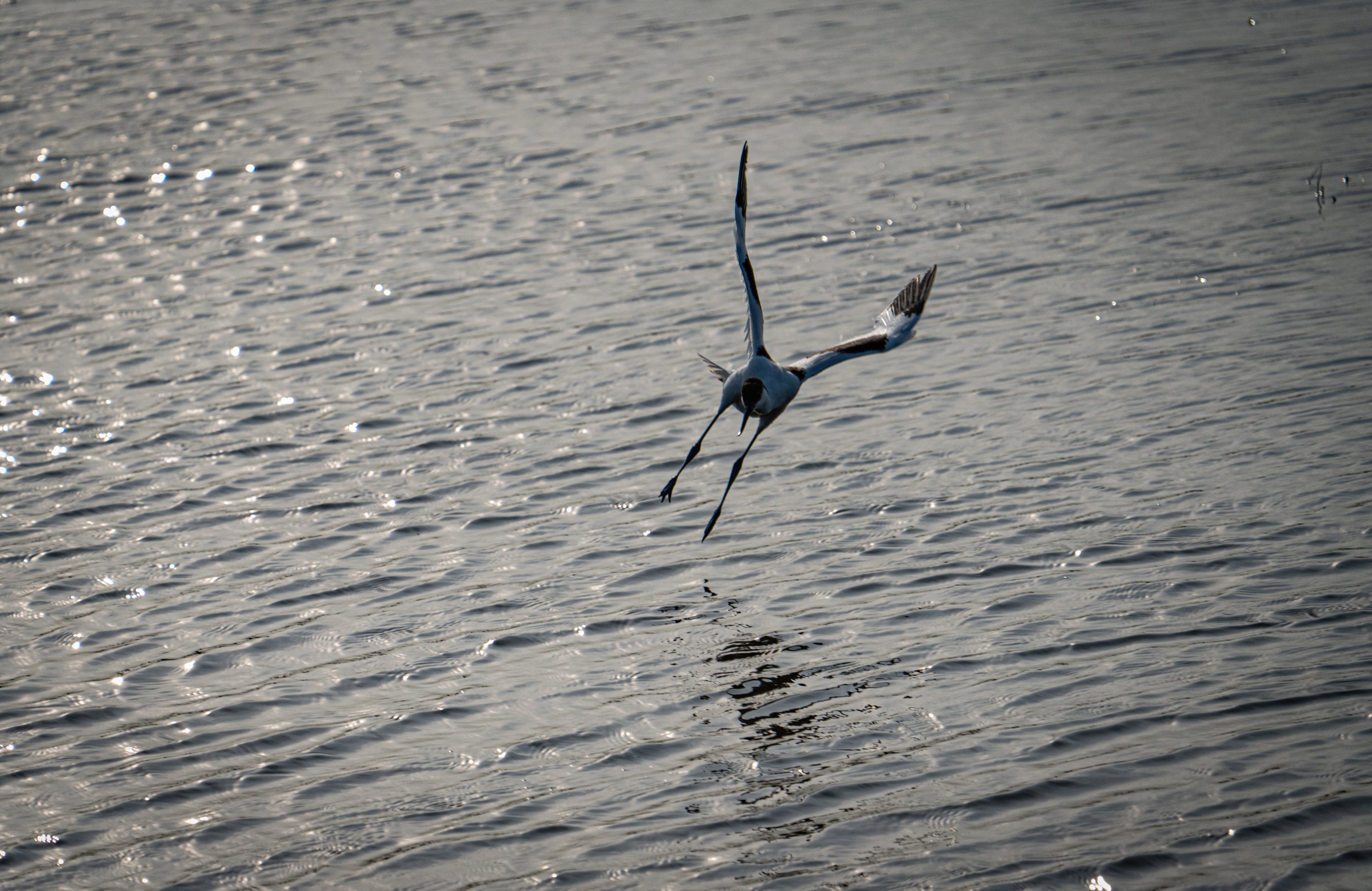
Wildlife and aircraft photography are two distinct yet captivating genres that can be particularly rewarding for beginners. Both fields offer unique challenges and opportunities to capture the beauty of nature and human ingenuity.
Wildlife Photography
Understanding Wildlife Behaviour: Begin by learning about the animals you wish to photograph. Understanding their habits, habitats, and behaviours will increase your chances of capturing compelling images. Patience is key; wait for the right moment, as wildlife is often unpredictable.
Gear Selection: Invest in a good telephoto lens for wildlife photography. A lens with a focal length of 300mm or more will allow you to photograph animals from a distance without disturbing them. Additionally, a sturdy tripod can help you stabilise your camera for clearer shots.
Lighting: Early mornings and late afternoons provide the best natural light for photographing wildlife. The golden hour enhances colours and textures, creating dramatic images. Be mindful of the direction of light when positioning yourself.
Ethics: Respect wildlife and their habitats. Avoid getting too close and adhere to guidelines to minimise your impact on the environment. Disturbing animals for a photo is unethical and can harm their wellbeing.
Aircraft Photography
Choosing the Right Location: Research airports and air shows in your area where you can safely photograph aircraft. Look for viewing areas that offer clear sightlines without obstructing flight operations.
Camera Settings: Aeroplanes move quickly, so a fast shutter speed (1/1000th of a second or faster) is essential to freeze motion. Experiment with aperture settings to achieve the desired depth of field, and use burst mode to capture a series of images in quick succession.
Composition: Consider the background and surroundings when framing your shots. Incorporate elements like clouds, the sky, or the runway to add context. Shooting from various angles can also create more dynamic images.
Editing: Post-processing is an important aspect of both wildlife and aircraft photography. Adjusting exposure, contrast, and sharpness can significantly enhance your images. Learning basic editing techniques can elevate your photography from good to outstanding.
By approaching both wildlife and aircraft photography with an understanding of the techniques, ethical considerations, and composition strategies, beginners can hone their skills and develop a greater appreciation for the subjects they capture. Whether it’s a soaring bird or a sleek jet, each image tells a story waiting to be discovered.
The forest and RSPB is a constant source of inspiration for me. Over the last two years, I’ve photographed it almost every day, tracking the subtly changing seasons.
View Project →
